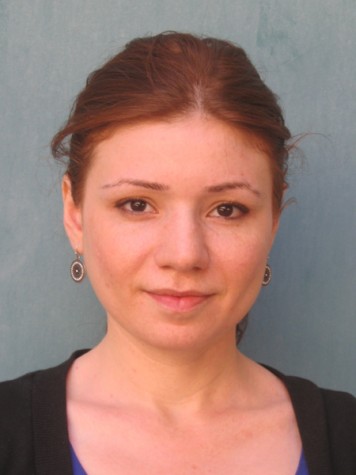For many students, the process of transferring to a four-year university can be exhausting and confusing.
Students often don’t know which classes to take or which schools to apply to. However, there is no need to suffer or make uninformed decisions as the counselors at the transfer center are ready to help.
The center has been directing students towards their academic goals for years. Approximately 1,000 to 1,100 students transfer from Glendale Community College to four-year universities per year. In the years of 2008 and 2009, 301 students were admitted to UCs and 728 students were admitted to Cal States.
The transfer center’s coordinator/counselor Kevin Meza said, “As soon as students get here in Glendale College, they should come to the center. We counsel students, mostly about how to choose the college and admission strategies. Expose the students to opportunity they didn’t have.”
Meza works toward raising student awareness about the center works and how they can benefit from it. According to him doing things that are normally considered productive for students to reach their goals towards transferring to other institutions are not necessarily helpful.
Many students are not aware of the opportunities available. It is important to know the strategies and facts on how the school admission works.
“The center’s work constitutes of counseling students, mostly about how to chose the college and admission strategies, expose the students to opportunities they didn’t have,” said Meza.
Aryx Mijangos, 19, mentioned that she has never been there. “I guess now I may go since I know it exists,” she said.
The fall transfer fair was held on Sept. 20. Manuela Garcia Amaya, 18, an international relations major, was also surprised to find out there was anything like transfer center and that she can go there. Dave Macom, 23, heard about it and plans to make a visit next year.
According to Meza, the center has incorporated different means in reaching the students. One of the means is via the Facebook page, which is a major tool. Most of the time the references are made through other students.
The advice for students is to go to the transfer center as soon as they get to college. Students can easily research all the options they have, familiarize themselves with the strategies many schools have about admissions and work on taking the right classes to get into the program they want to apply to.
Richard Cortes, transfer center counselor, suggests it would be much easier for the students if they visited the center as soon as they could because they can design a two-year course to make them more compatible for admission into their desired school.
Everyone is trained specifically to advise on admission procedures. Many students are not aware of the strategies they can adopt in order to be successful.
It is becoming more difficult to get admitted to a higher education nowadays because of the budget cuts, said Meza.
According to Los Angeles Times, there is a higher rate of international students enrollment in the California universities. Out-of-state students pay much higher tuition fee, which brings money to the system. Fortunately there are programs that help local students. One of them is Articulation Agreements between the college and universities.
“The universities will suggest that students do such and such courses which will be equivalent to sophomore freshman courses they will tell us to tell students which courses to take. It’s easy to find out what you need to be competitive, as standards are getting rigorous,” said Cortes.
There is also the Transfer Admissions Guarantee Program, which ensures that students get admitted after they have completed specific requirements.
“In order to qualify for TAG you have to have 30 transferable units done and have to have your transfer English like 101; 102 or 104 done and your transfer math completed by this semester or before this semester,” saiidd Cortes.
One of the challenges is the failure of students to follow the instructions. They don’t pay enough attention to deadlines or fail to submit the paperwork or don’t take the classes they were supposed to take, said Cortes. These things make life harder because they may have to stay in the college for another year.
Cortes advises students not to procrastinate on English and math, as these are important prerequisites for admission. Students usually put off math until last semester and it can delay the process.
The last tip for the students from Meza would be treating the transfer process as if they take a class.
“They feel like the transfer process will work itself out…it’s better to find the facts on how the school will admit you then to assume what you think looks good on paper,” he said. It takes a lot of planning and counseling with the right people not to drown in an ocean of information.
The transfer center is located on the second floor of San Rafael building.

